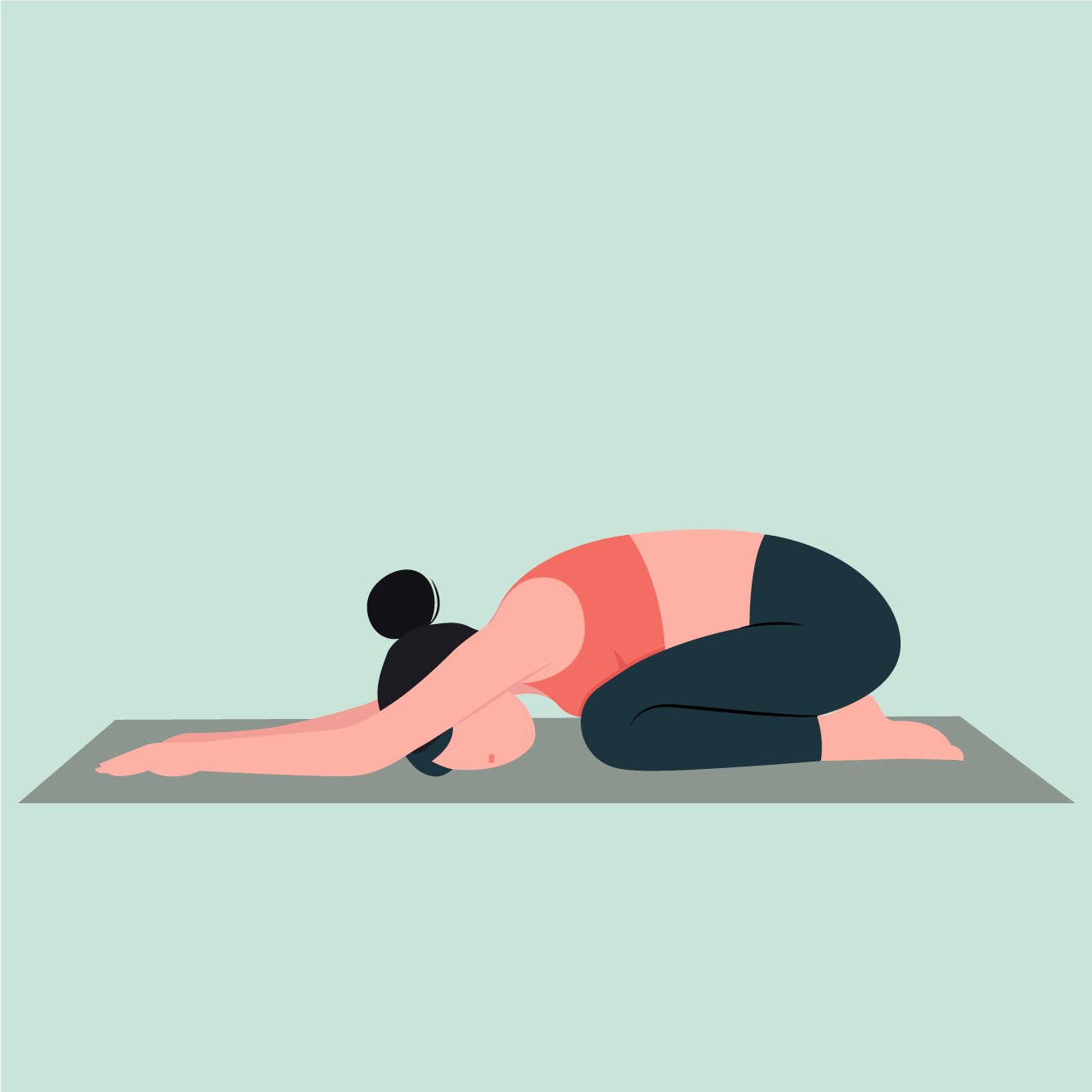Is ACL Return to Sport Testing Actually Testing What You Think?
In recent years, ACL rehab has been heavily scrutinized due to the alarmingly high re-injury rates after athletes return to sport. A lot of attention has been placed on the importance of conducting return to sport testing prior to clearing athletes in attempts to reduce re-injury rates. However, re-injury rates remain high and while that is still largely due to the poor state of ACL rehab and inconsistent administration of return to sport testing, one has to ask whether the most common tests and measures used for return to sport testing is actually measuring an athletes ability to return to sport safely. Current research would argue that there are flaws in current ACL return to sport testing protocols. In this blog post we will discuss some of the shortcomings of ACL return to sport testing and some measures that should be used to supplement testing to make it more comprehensive.
Horizontal Hop Testing
Horizontal hop testing is a staple in ACL return to sport testing. Generally consisting of a battery of different hop tests, horizontal hop testing is used by providers to determine the function of someone’s knee as they approach return to sport. However, studies have show that athletes can still pass these tests despite having major deficits in strength, namely the quads. Because propulsion forward is the main goal, the glutes and the calves are commonly the main muscles responsible for achieving this action. Additionally, during landing, athletes who lack sufficient quad strength can utilize the glutes and calves to decelerate as a way to compensate.
So, what other jumping tests would more accurately assess quad strength and function? If possible, vertical jump tests with the use of force plates should be used in combination with horizontal hop testing. During a vertical jump, the use of the glutes and calves become secondary and tertiary to the quads during take off and land phases. Moreover, the use of the force plates can assess if the athlete is favoring one side over the other.
Athletes recovering from ACL injury often adopt subtle compensation strategies to avoid loading their quads.
Limb Symmetry Index (LSI)
Traditionally, strength and hop testing scores are compared to the non-affected side to help assess function of the affected limb. While LSI is an important tool in assessing an athlete's symmetry in strength and function, it has some limitations that need to be considered and should not be a standalone tool to determine if someone is ready to return to an activity. LSI does not account for atrophy in the unaffected limb. For example, if you are a long jumper and during a single leg hop you jump 5 inches on your unaffected leg and 4.5 inches on your affected leg. Your LSI would be high enough to technically clear you for return to sport however, 5 inches is nowhere near what you would expect from a long jumping athlete. This is where providers need to use their clinical judgment and something commonly referred to as the “eye test”. Is their score generally what you would expect from a healthy athlete participating in their sport? How does the athlete look when they complete the movement - are they avoiding loading their knee and using a hip dominant strategy on landing despite scoring relatively high? It’s important to not get hyper focused on this one measure and disregard the obvious signs in front of you.
What measure should be used in addition to the LSI in order to get a more specific measure of someone’s strength? Torque is a measurement of strength taking someone’s body weight into account. That data can be compared to normative values for people in the same weight class and sport. This measure is more specific because similar to the previous example, just because you achieve a 90-95% LSI, that doesn’t mean that you are actually strong enough to return to sport safely. Reaching certain torque measurements can more accurately access if someone has enough strength to start an activity or return to sport.
Body Weight Squat
Body weight squats is a test used to assess an athlete’s global strength. Generally, the goal is for the athlete to squat 1.8x their bodyweight at least once. However, research has shown that athletes recovering from ACL injury often adopt subtle compensation strategies to avoid loading their quads. These changes can be so subtle that it is difficult for even the most trained eyes to notice. As a result, athletes can potentially hit the target weight in the presence of some lingering quad weakness.
Because of the compensatory ability of athletes, it’s important to test the athlete in a position where you isolate the quadriceps. So in addition to the body weight squat, testing the athlete’s isometric or isokinetic quad strength has to be used to uncover any quad weakness still present.
Return to sport testing can help the athlete and provider know that they are ready to return to sport. However, testing needs to be comprehensive so that any weaknesses get uncovered and eventually addressed so that the athlete can truly return to sport as safely as possible.
Other Posts You Might Like
















